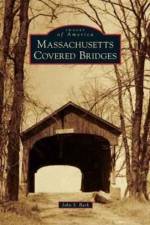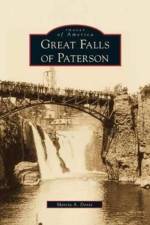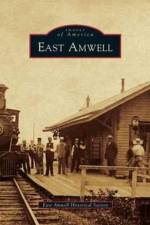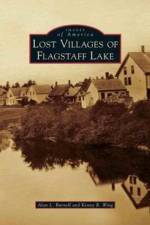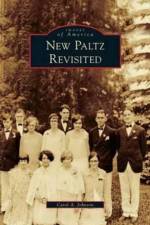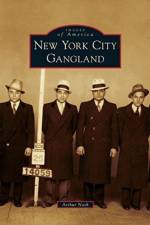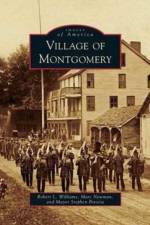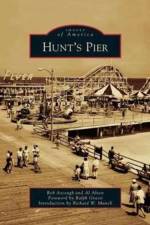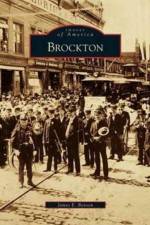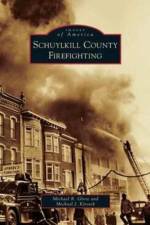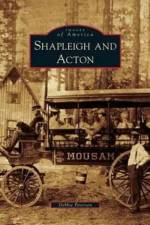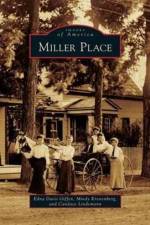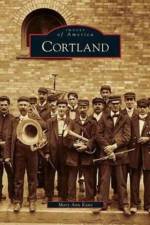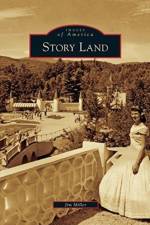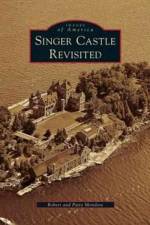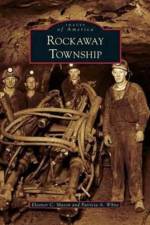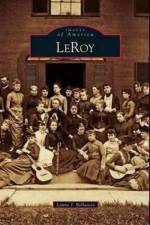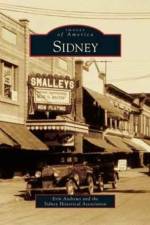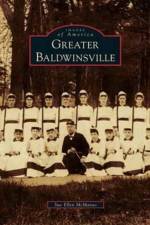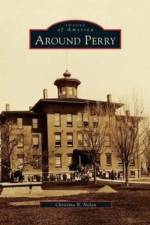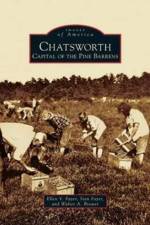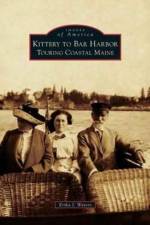av Anita Devivo & Lawrence County Historical Society
385,-
Since its opening in 1897, Cascade Park has welcomed thousands of visitors to its picnic grove, summer cottages, mineral springs, dance pavilion, swimming pool, baseball field, zoo, boat rides, outdoor theater, fireworks, and numerous other amusements. The park is an unusually beautiful natural setting with Big Run Falls, Cat Rocks, a gorge, rolling hills, shady walkways, and even a ginkgo tree or two. In the 1890s, when it was called a trolley park, crowds of visitors arrived by streetcar. Eventually automobiles took over, and the roller coaster was dismantled to make space for a parking lot. Today automobiles spill out of the parking lot once a year when more than 1,000 vintage cars travel to the Back to the 50's Weekend, now in its 25th year. This and other family-oriented events continue the tradition of good times in Cascade Park.

